Oxytocin
Recent articles
Larry Young built bridges with his social neuroscience research
Known for his work bringing oxytocin studies to the mainstream, Young died unexpectedly last month.

Larry Young built bridges with his social neuroscience research
Known for his work bringing oxytocin studies to the mainstream, Young died unexpectedly last month.
Newly found hypothalamus circuits shape bullying behaviors in mice
Activity in the tiny brain region helps submissive rodents learn to avoid aggressors, and aggressive mice to curb their attacks, according to two recent studies.
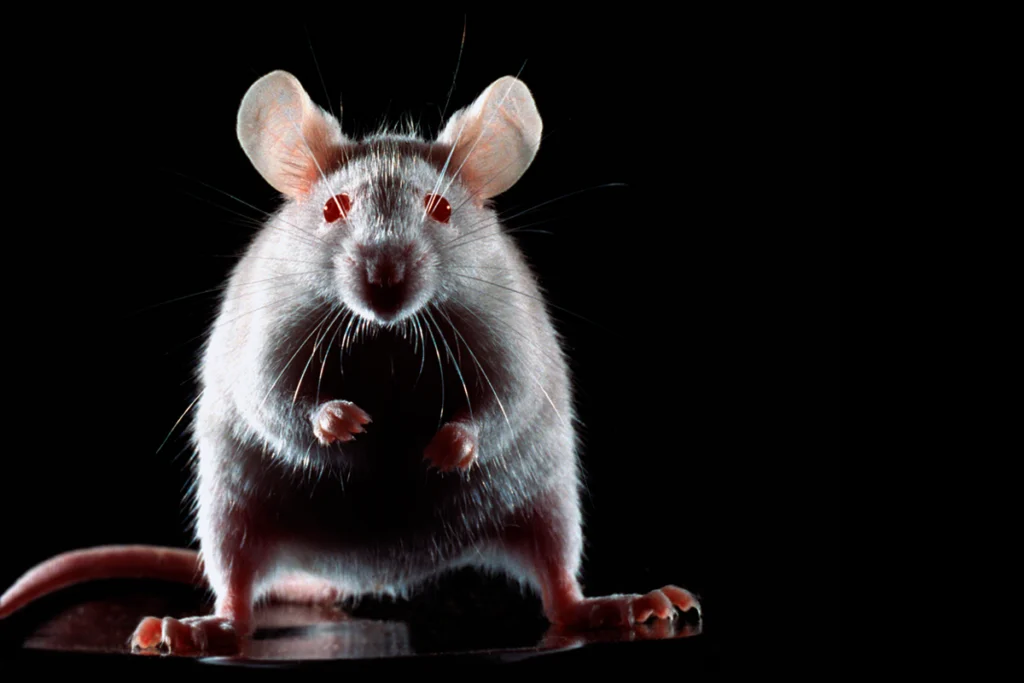
Newly found hypothalamus circuits shape bullying behaviors in mice
Activity in the tiny brain region helps submissive rodents learn to avoid aggressors, and aggressive mice to curb their attacks, according to two recent studies.
New test taps nose pokes as a proxy for social motivation in mice
Over one hour, a particularly motivated mouse poked its nose 350 times into a hole in the test chamber in the hopes of meeting a playmate.
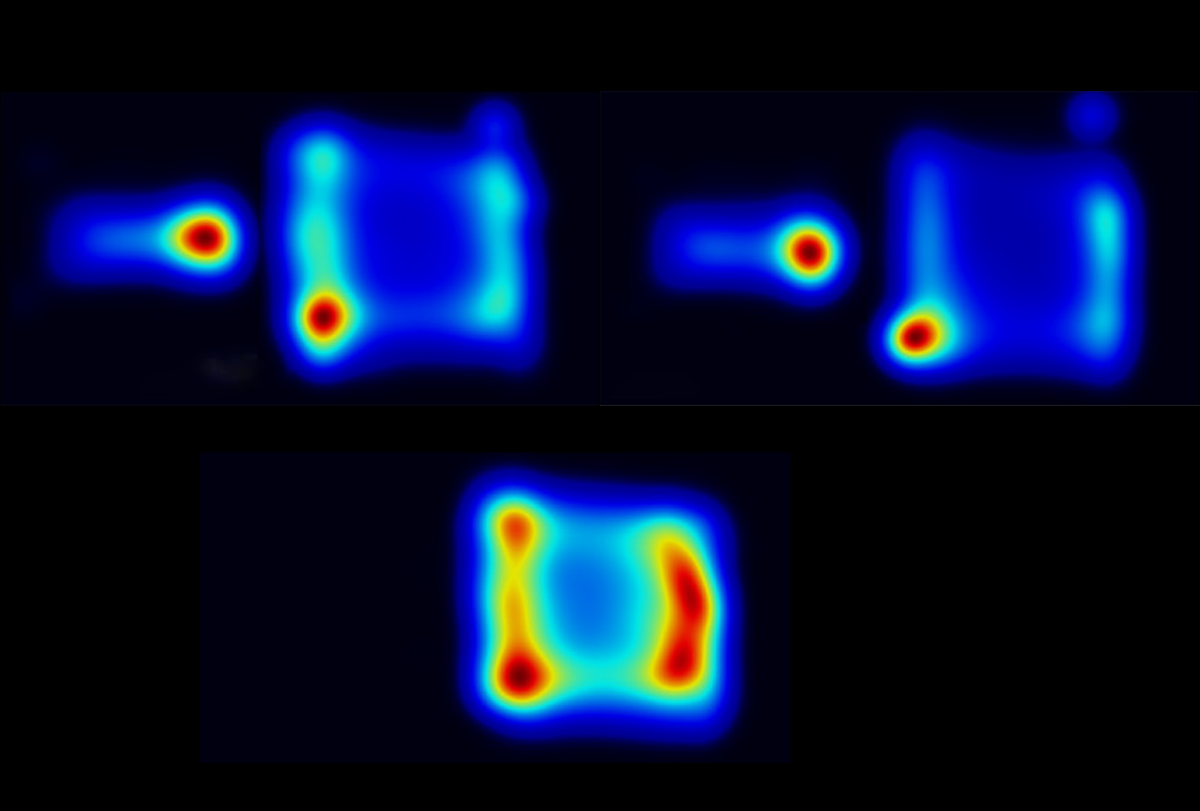
New test taps nose pokes as a proxy for social motivation in mice
Over one hour, a particularly motivated mouse poked its nose 350 times into a hole in the test chamber in the hopes of meeting a playmate.
Psychedelics give mice second chance to learn social rewards
The drugs may reopen a critical window during development in which the brain can more easily adjust its connections.
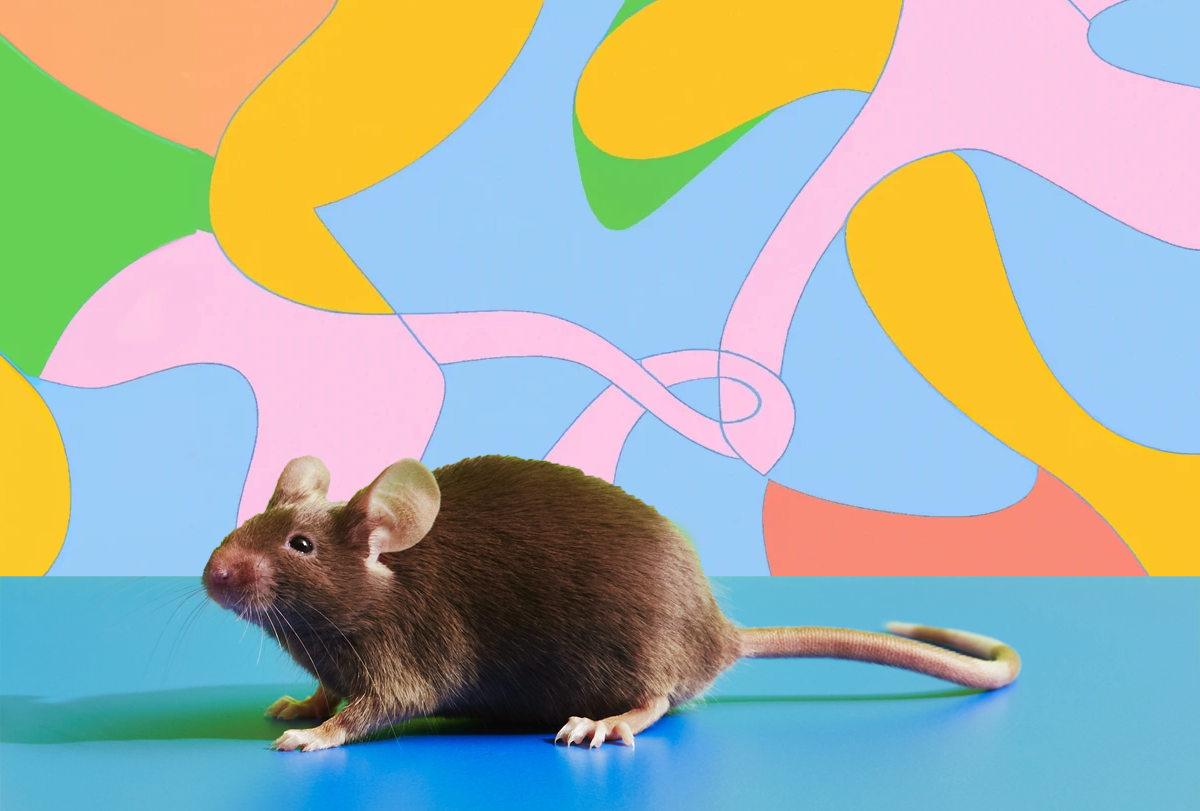
Psychedelics give mice second chance to learn social rewards
The drugs may reopen a critical window during development in which the brain can more easily adjust its connections.
CRISPR tool rids rodents of oxytocin receptors
The approach provides an “off-the-shelf” way for researchers to compare oxytocin function across species, the team says.
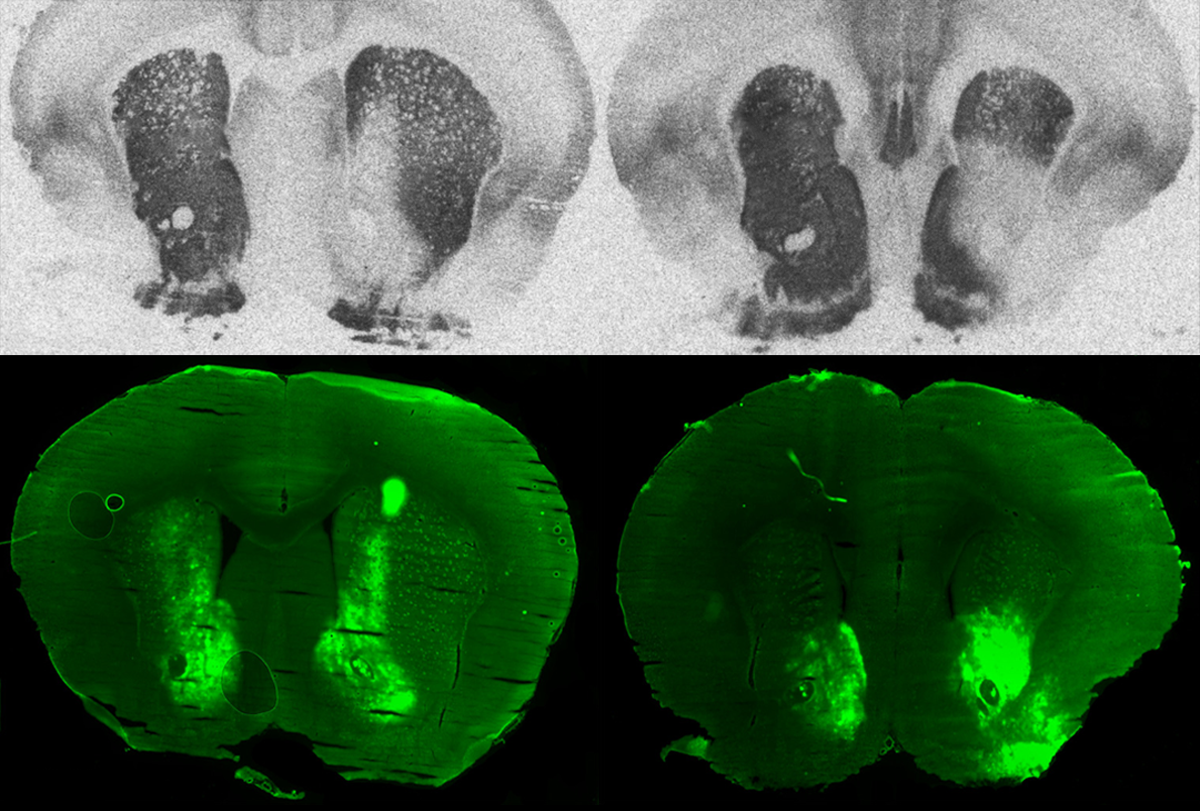
CRISPR tool rids rodents of oxytocin receptors
The approach provides an “off-the-shelf” way for researchers to compare oxytocin function across species, the team says.
Swings and misses with Jeremy Veenstra-VanderWeele
A careful clinician who prizes evidence, Jeremy Veenstra-VanderWeele is happy to embrace trial failures, as long as he learns from them.
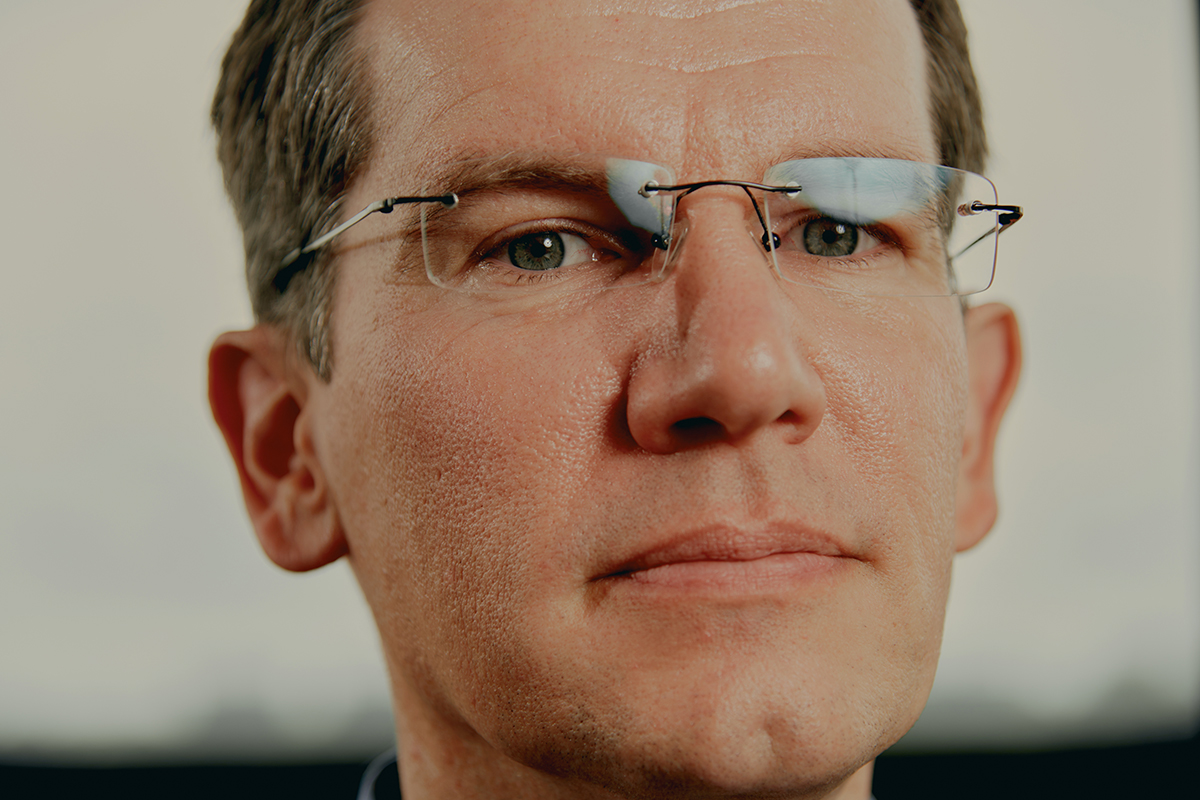
Swings and misses with Jeremy Veenstra-VanderWeele
A careful clinician who prizes evidence, Jeremy Veenstra-VanderWeele is happy to embrace trial failures, as long as he learns from them.
Null and Noteworthy: Arbaclofen results; another oxytocin edition
New data from clinical trials of arbaclofen and oxytocin underscore the murkiness of null results. Plus, researchers seek clarity on the neurodevelopmental effects of oxytocin during childbirth.
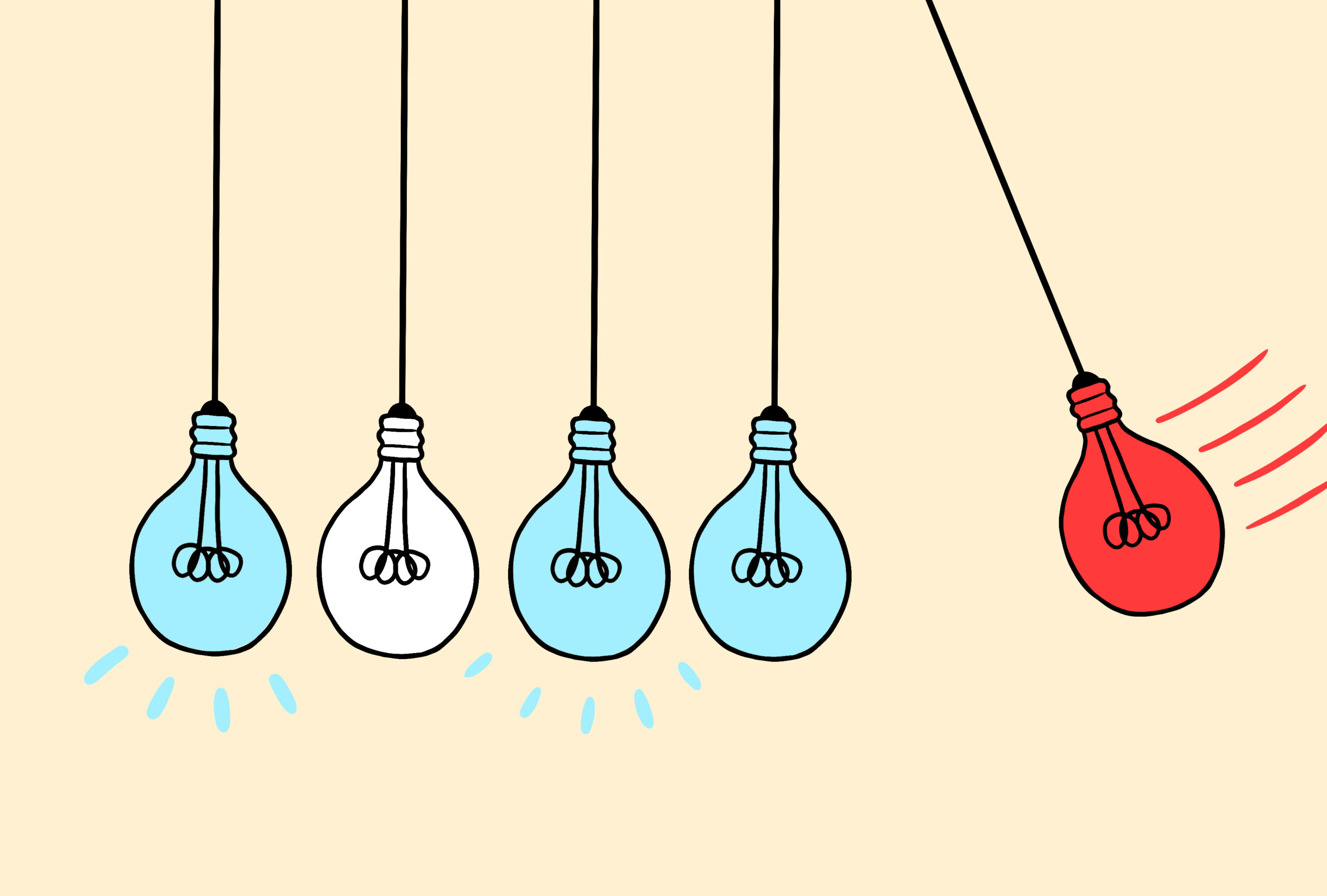
Null and Noteworthy: Arbaclofen results; another oxytocin edition
New data from clinical trials of arbaclofen and oxytocin underscore the murkiness of null results. Plus, researchers seek clarity on the neurodevelopmental effects of oxytocin during childbirth.
Serotonin initiates earliest social bonds
Mice and rats, for example, gravitate toward their mother’s bedding over bedding that is clean or smells of a different dam.
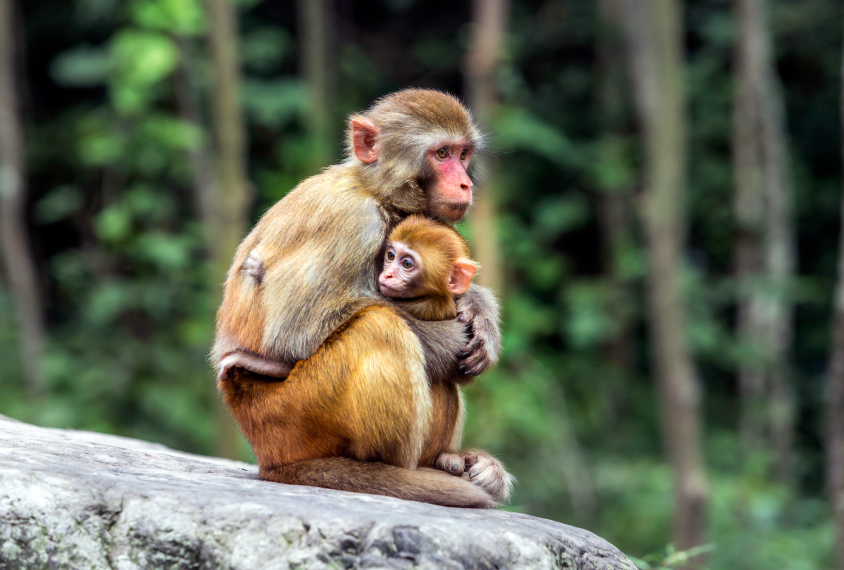
Serotonin initiates earliest social bonds
Mice and rats, for example, gravitate toward their mother’s bedding over bedding that is clean or smells of a different dam.
‘Mind-blowing’ study upends conventional wisdom on oxytocin
CRISPR-edited prairie voles that lack receptors for the so-called “social hormone” still bond with their mate and pups, raising questions about the molecule’s role.
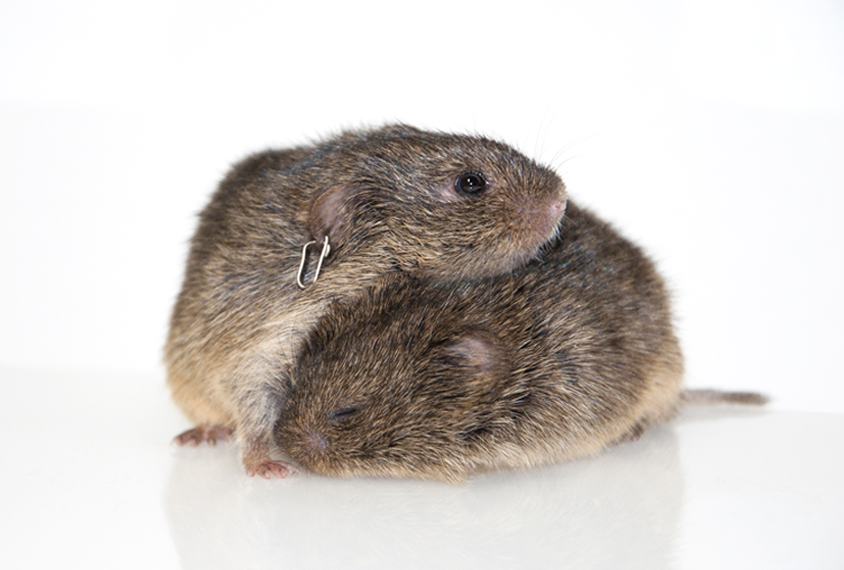
‘Mind-blowing’ study upends conventional wisdom on oxytocin
CRISPR-edited prairie voles that lack receptors for the so-called “social hormone” still bond with their mate and pups, raising questions about the molecule’s role.
Mouse models help sniff out olfactory differences in autism
A range of presentations at Neuroscience 2022 tie atypical social behavior to trouble discriminating between odors in the animals.
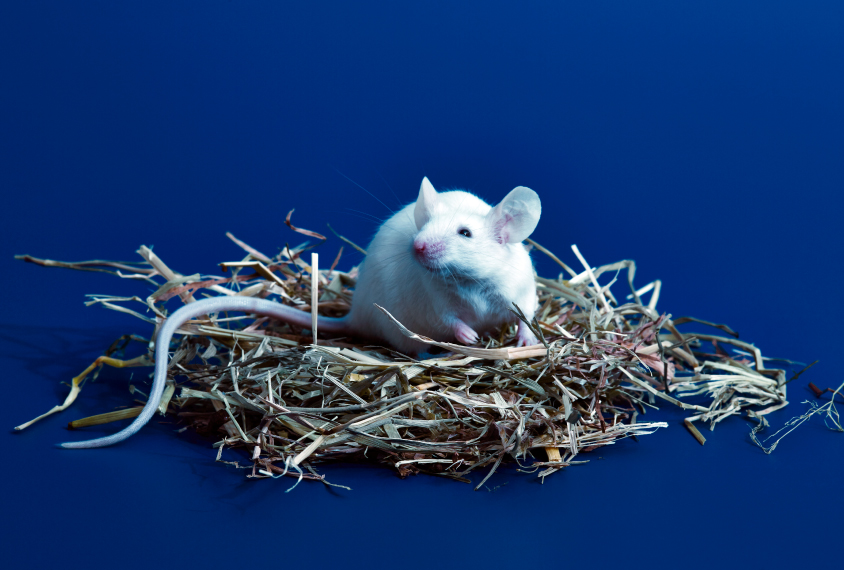
Mouse models help sniff out olfactory differences in autism
A range of presentations at Neuroscience 2022 tie atypical social behavior to trouble discriminating between odors in the animals.
Explore more from The Transmitter
Five things to know if your federal grant is terminated
If you want to appeal the decision, know the rules that govern terminations, as well as the specific rationale given in your notice, science policy experts say.
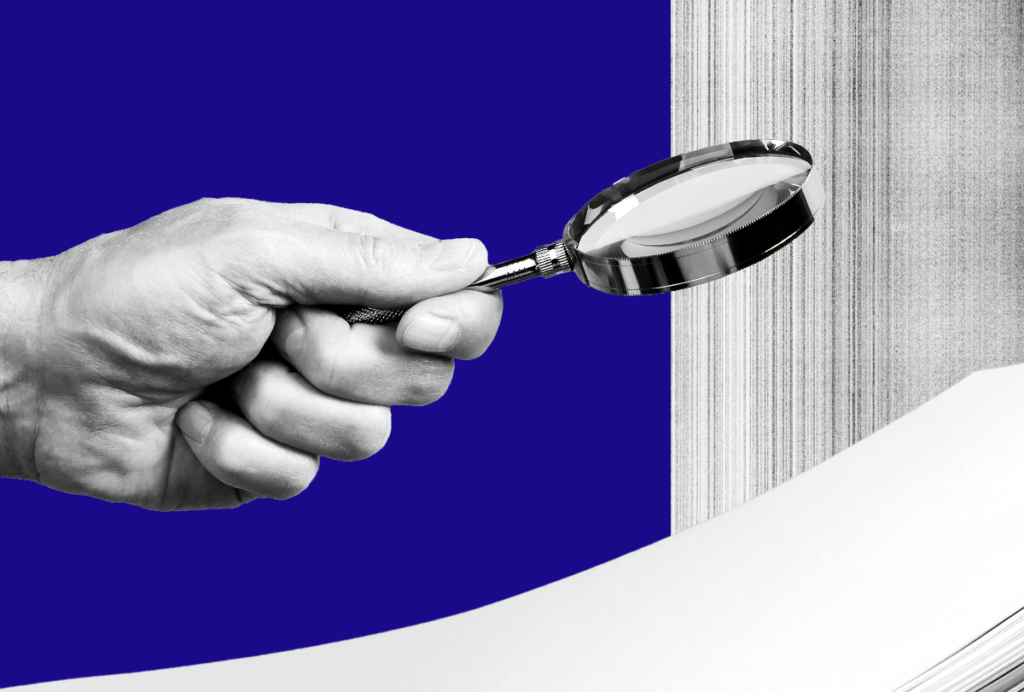
Five things to know if your federal grant is terminated
If you want to appeal the decision, know the rules that govern terminations, as well as the specific rationale given in your notice, science policy experts say.
It’s time to examine neural coding from the message’s point of view
In studying the brain, we almost always take the neuron’s perspective. But we can gain new insights by reorienting our frame of reference to that of the messages flowing over brain networks.
It’s time to examine neural coding from the message’s point of view
In studying the brain, we almost always take the neuron’s perspective. But we can gain new insights by reorienting our frame of reference to that of the messages flowing over brain networks.
Autism traits, mental health conditions interact in sex-dependent ways in early development
Here is a roundup of autism-related news and research spotted around the web for the week of 31 March.
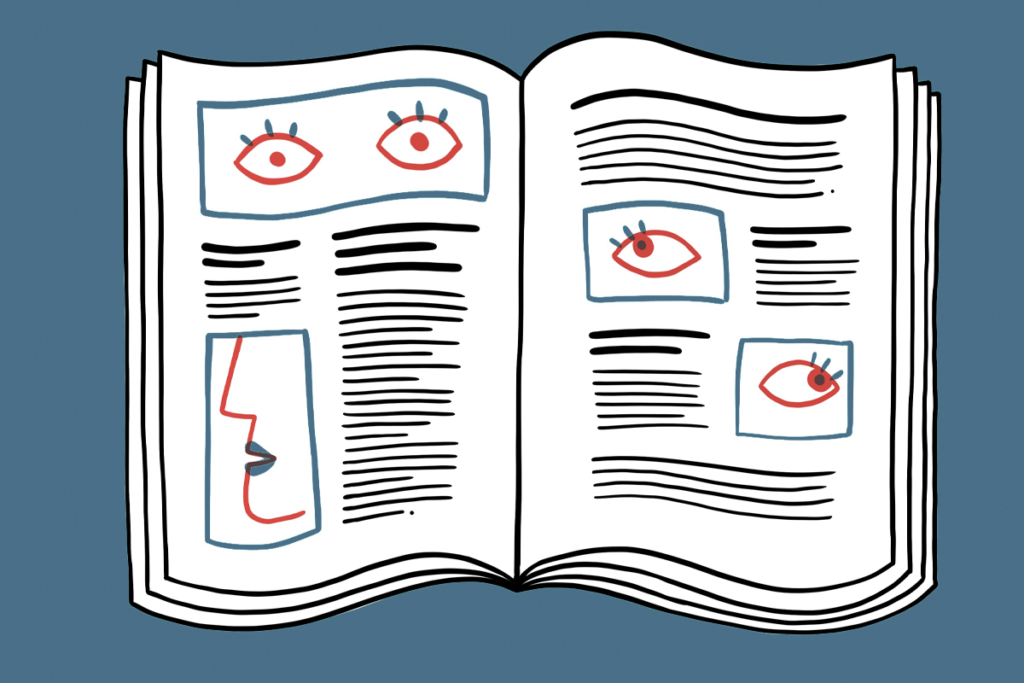
Autism traits, mental health conditions interact in sex-dependent ways in early development
Here is a roundup of autism-related news and research spotted around the web for the week of 31 March.